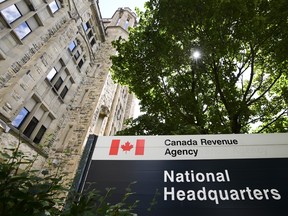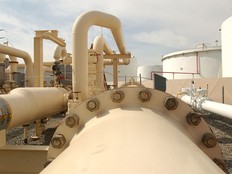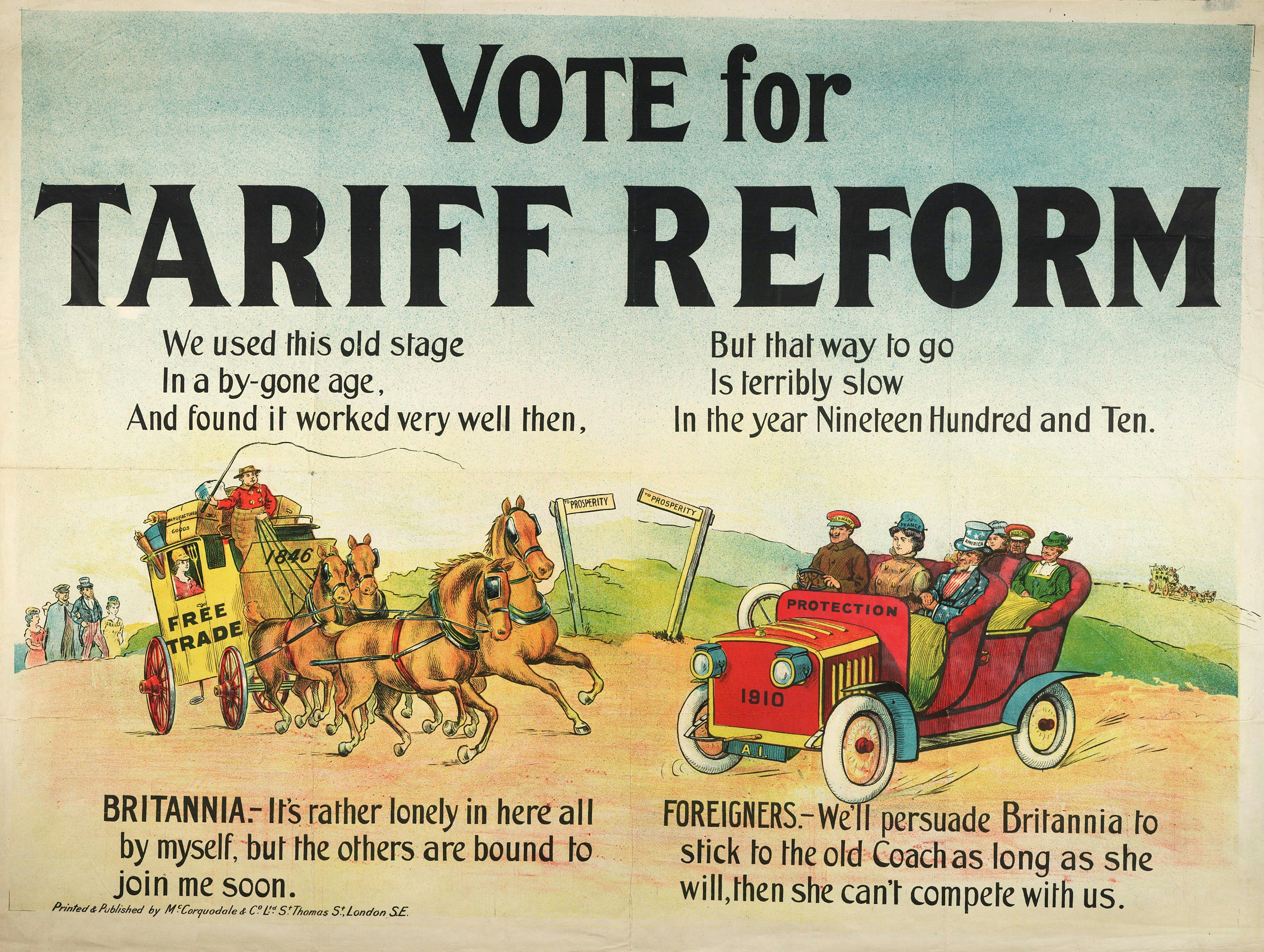Jamie Golombek: Many essential tax figures have been considerably elevated for 2023

Opinions and proposals are unbiased and merchandise are independently chosen. Postmedia could earn an affiliate fee from purchases made by hyperlinks on this web page.
Article content material
Given the excessive inflation we skilled in 2022, most of the essential tax figures have been considerably elevated for 2023. Listed here are the brand new numbers, together with just a few different adjustments that launch on Jan. 1.
Commercial 2
Story continues under
Article content material
Inflation adjustment issue: Most (however not all) revenue tax and profit quantities are listed to inflation. In November 2022, the Canada Income Company introduced the inflation charge for use to index the 2023 tax brackets and quantities can be 6.Three per cent.
Article content material
Will increase to the tax-bracket thresholds and varied quantities regarding non-refundable credit take impact on Jan. 1, 2023. However will increase for sure advantages, such because the GST/HST credit score and Canada Little one Profit, solely take impact on July 1, 2023. This coincides with the start of this system yr for these profit funds, that are revenue examined and primarily based in your prior yr’s web revenue, to be reported in your 2022 tax return due this spring.
Tax brackets for 2023: All 5 federal revenue tax brackets for 2023 have been listed to inflation utilizing the 6.3-per-cent charge. The brand new federal brackets are: zero to $53,359 (15 per cent); greater than $53,359 to $106,717 (20.5 per cent); greater than $106,717 to $165,430 (26 per cent); greater than $165,430 to $235,675 (29 per cent); and something above that’s taxed at 33 per cent.
Commercial 3
Story continues under
Article content material
Every province additionally has its personal set of provincial tax brackets, most of which have additionally been listed to inflation, however utilizing their respective provincial indexation components.
Fundamental private quantity (BPA): The BPA is the quantity of revenue a person can earn with out paying any federal tax. The federal government in December 2019 introduced a rise within the BPA yearly till it reaches $15,000 in 2023, after which it will likely be listed to inflation. Consequently, the elevated BPA for 2023 has been set by laws at $15,000, that means a person can earn as much as this quantity in 2023, earlier than paying any federal revenue tax.
For taxpayers incomes above this quantity, the worth of the federal credit score is calculated by making use of the bottom federal private revenue tax charge (15 per cent) to the BPA, making it price $2,250. As a result of the credit score is “non-refundable,” it’s solely well worth the most quantity should you would have in any other case paid that a lot tax within the yr.
Commercial 4
Story continues under
Article content material
However greater revenue earners could not get the total, elevated BPA since there’s an revenue take a look at. The improved BPA is regularly lowered, on a straight-line foundation, for taxpayers with web incomes of greater than $165,430 (the underside of the fourth tax bracket for 2023) till it will get absolutely phased out when a taxpayer’s revenue tops $235,675 (the edge for the highest tax bracket in 2023).
Taxpayers in that prime bracket who lose the improved quantity will nonetheless get the “outdated” BPA, listed to inflation, which is $13,521 for 2023.
CPP (QPP) contributions: The Canada Pension Plan contribution charge for 2023 is 5.95 per cent (6.Four per cent for the Quebec Pension Plan) with most contributions by staff and employers set at $3,754.45 ($4,038.40 for QPP) in 2023, primarily based on the brand new yearly most pensionable earnings of $66,600 (with a $3,500 primary exemption.)
Commercial 5
Story continues under
Article content material
For self-employed Canadians who should contribute twice the quantity, the utmost CPP contribution for 2023 can be $7,508.90 ($8,076.80 for QPP), up from the 2022 quantity of $6,999.60 ($7,552.20 for QPP).
The CPP hike is a part of a multi-year plan permitted six years in the past by the provinces and the federal authorities to extend contributions and advantages over time.
EI premiums: Employment insurance coverage premiums are additionally rising, with a contribution charge for workers of 1.63 per cent (1.27 per cent for Quebec) as much as a most contribution of $1,002.45 ($781.05 for Quebec) on 2023 most insurable earnings of $61,500.
Tax-free financial savings account (TFSA) restrict: The 2023 TFSA contribution restrict will improve for the primary time since 2019 to $6,500 (from $6,000). The cumulative TFSA restrict is now $88,000 for somebody who has by no means contributed to a TFSA, and has been a resident of Canada and a minimum of 18 years of age since 2009.
Commercial 6
Story continues under
Article content material
RRSP greenback restrict: The registered retirement financial savings plan greenback restrict for 2023 is $30,780, up from $29,210 in 2022. After all, the quantity you may contribute to your RRSP is proscribed to 18 per cent of your 2022 earned revenue, which incorporates (self)employment and rental revenue, much less any pension changes, as much as the present annual greenback restrict.
Outdated Age Safety (OAS): For those who obtain OAS, the compensation threshold for 2023 is about at $86,912, that means your OAS can be lowered in 2023 in case your taxable revenue is above this quantity.
-

CRA tries to catch taxpayer who made an incorrect TFSA catch-up contribution
-

5 methods to benefit from tax advantages when donating to charity
-

Paying taxes in instalments can deliver bother with the CRA should you make this error
Commercial 7
Story continues under
Article content material
First Dwelling Financial savings Accounts (FHSA): Laws to create the brand new tax-free FHSA was lately handed, paving the way in which for it to be launched as early as April 1, 2023. This new registered plan provides potential first-time homebuyers the power to avoid wasting $40,000 on a tax-free foundation in the direction of the acquisition of a primary residence in Canada.
Like a RRSP, contributions to an FHSA can be tax deductible, however withdrawals to buy a primary residence, together with from any funding revenue or development earned within the account, will, like a TFSA, be non-taxable. The brand new laws confirms {that a} first-time homebuyer can use each the FHSA and the prevailing Dwelling Patrons’ Plan to buy their first residence.
Multigenerational Dwelling Renovation Tax Credit score: Jan. 1 additionally marks the start of this new credit score, which is the same as 15 per cent of eligible bills (as much as $50,000) incurred for a qualifying renovation that creates a secondary dwelling to allow an eligible individual (akin to a senior or an individual with a incapacity) to dwell with a relative.
Commercial 8
Story continues under
Article content material
Anti-flipping guidelines: Lastly, new anti-flipping guidelines for residential actual property are scheduled to return into power on Jan. 1, and are designed to “scale back speculative demand within the market and assist to chill extreme value development.”
The principal residence exemption is not going to be accessible on the sale of your property should you’ve owned it for lower than 12 months (with sure exceptions). As a substitute, the acquire can be 100-per-cent taxable as enterprise revenue.
Jamie Golombek, CPA, CA, CFP, CLU, TEP, is the managing director, Tax & Property Planning with CIBC Personal Wealth in Toronto. Jamie.Golombek@cibc.com
_____________________________________________________________
For those who preferred this story, join extra within the FP Investor publication.
_____________________________________________________________
Commercial
Story continues under











